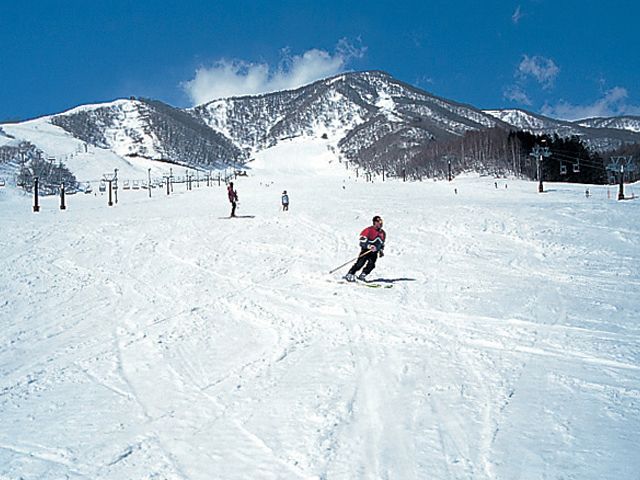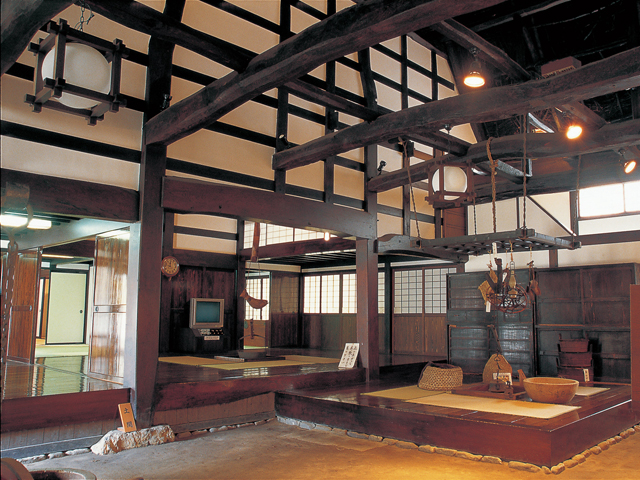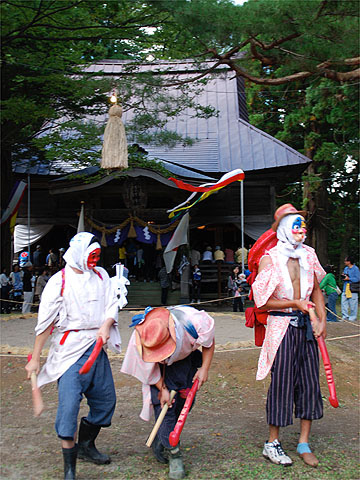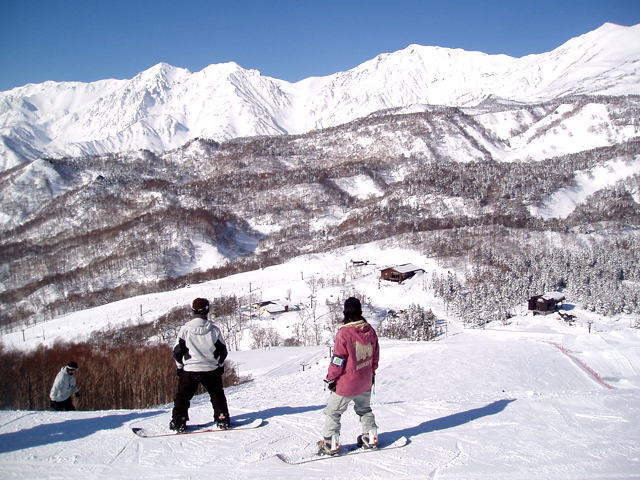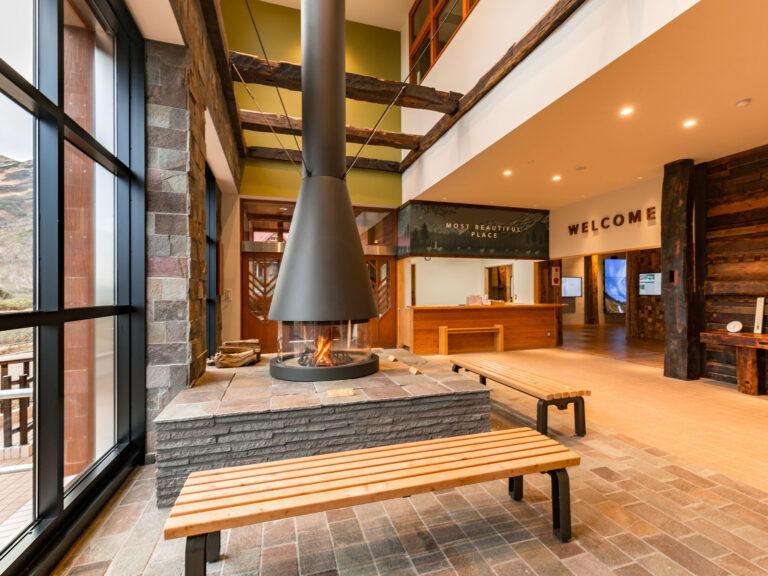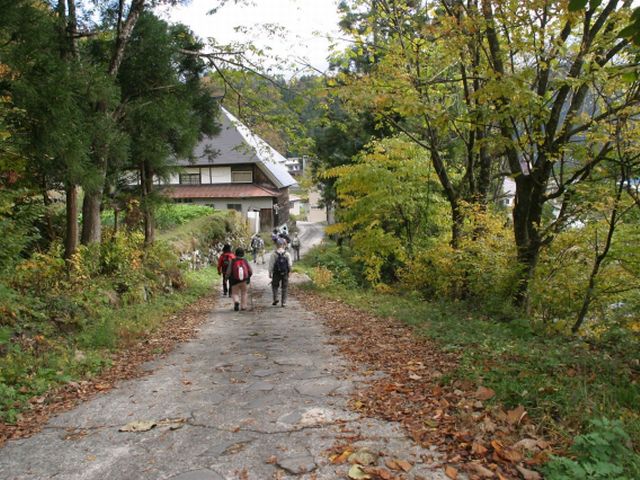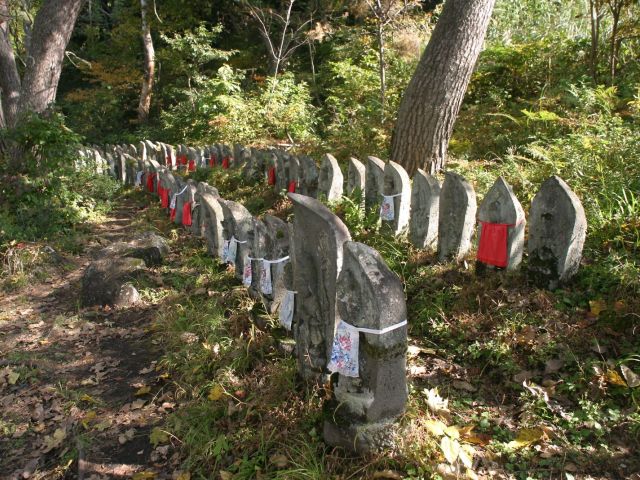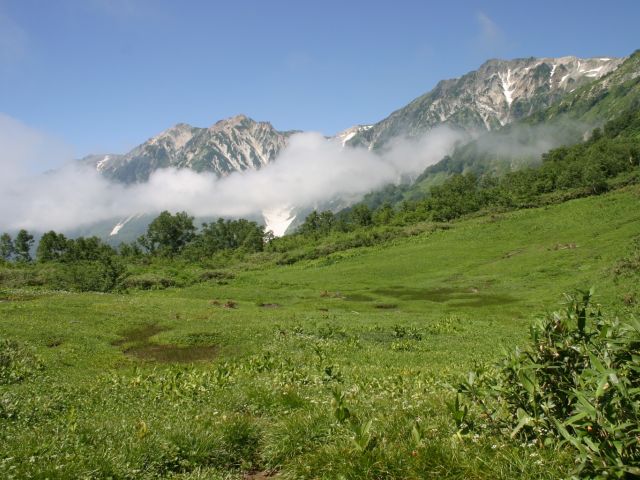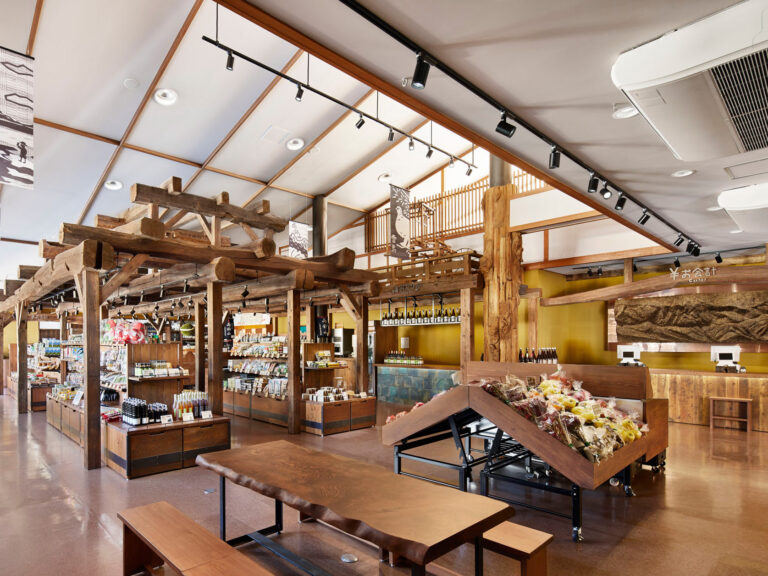Kotani Village Local Hall
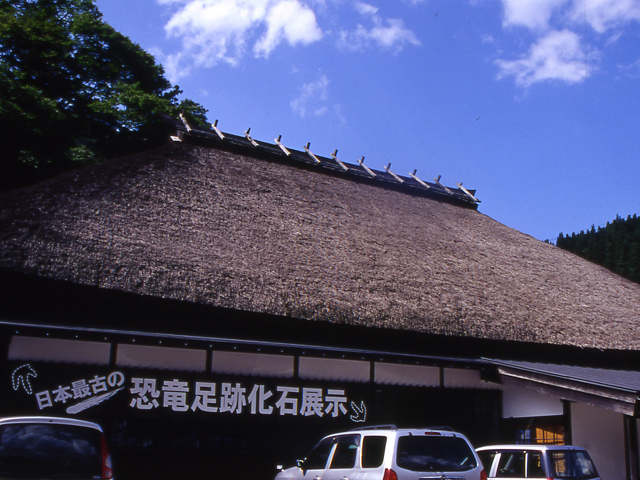
A local hall using private houses built by Irimoya in early Meiji architecture. It introduces archeological materials such as earthenware, and folk materials such as roro weaving (saki weaving), which weaves by ripping old kimono. Boro weaving can also be experienced (reservation required). In addition, the dinosaur footprint fossil found in the village is a natural monument in Nagano Prefecture. Take 30 minutes.

